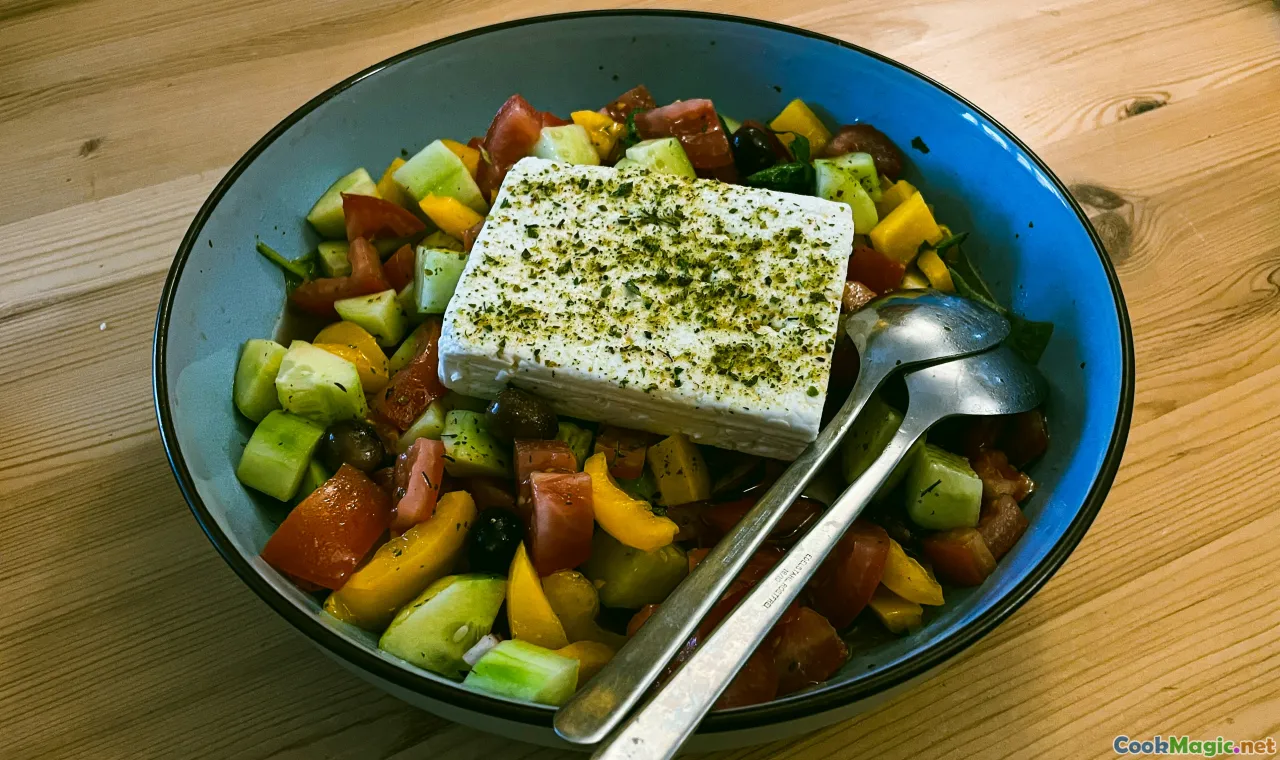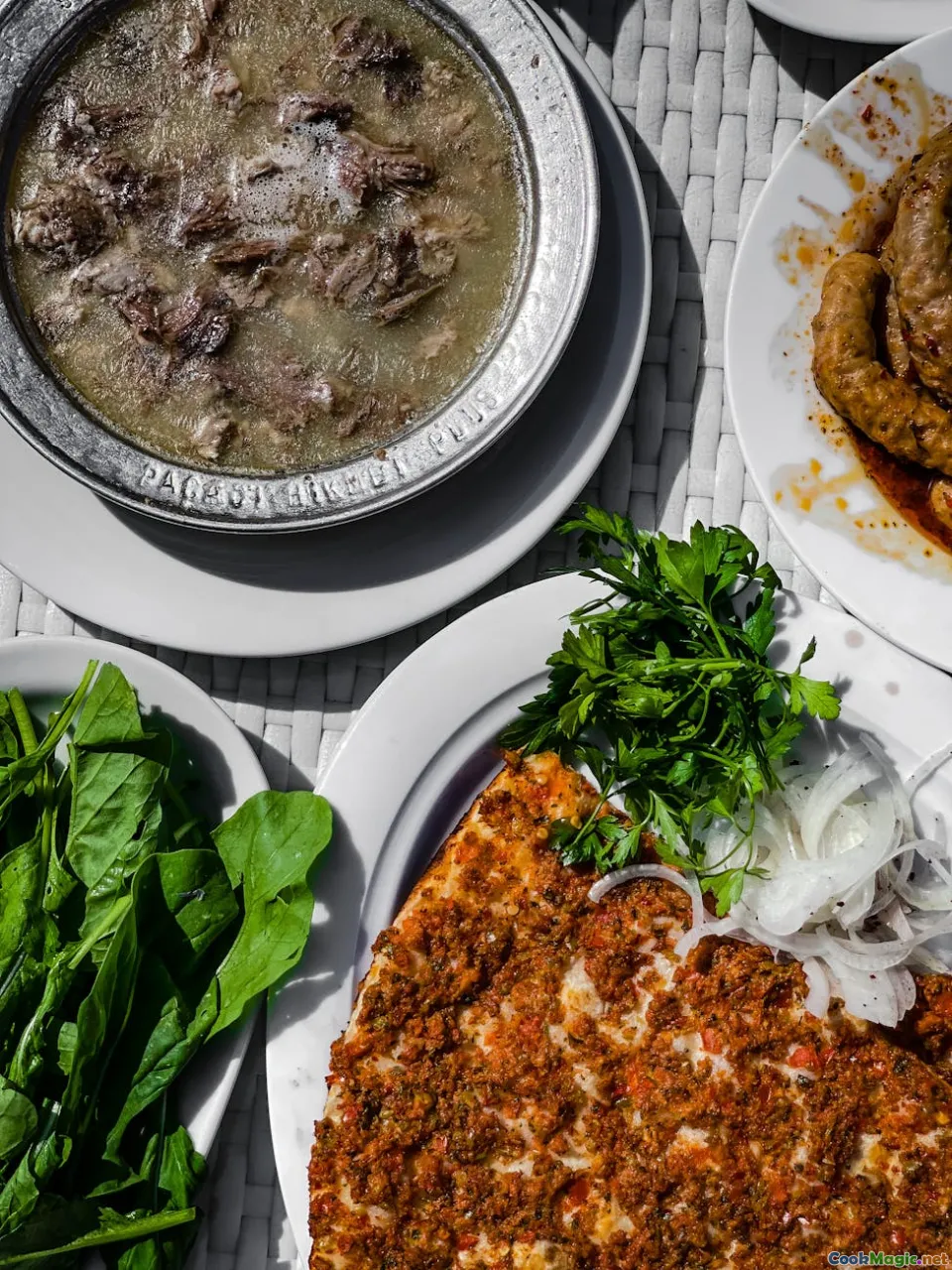Vegetarian Adaptations for Nasi Lemak
10 min read Explore innovative vegetarian twists on classic nasi lemak, blending tradition with modern plant-based flavors for a diverse culinary experience. July 26, 2025 09:05
Vegetarian Adaptations for Nasi Lemak
Few dishes evoke the soulful heart of Malaysian cuisine quite like Nasi Lemak. Aromatic coconut rice infused with pandan leaves, crispy fried anchovies, tangy ikan bilis sambal, and an assortment of accompaniments form a symphony of flavors and textures that dance on the palate. For generations, this dish has been a cornerstone of Malaysian breakfast tables, street stalls, and festive gatherings. But for vegetarians or those seeking to lighten their plates without losing the essence of this beloved dish, adaptations have emerged — imaginative, colorful, and deeply rooted in local culinary ingenuity.
In this journey through vegetarian Nasi Lemak, we'll explore how it can be transformed into a hearty, satisfying, and visually stunning plant-based experience. From substitutions in traditional components to innovative toppings and flavors, discover how to retain the soulful spirit of Nasi Lemak while honoring diverse dietary preferences.
The Cultural Heart of Nasi Lemak and Its Vegetarian Reimaginings

Nasi lemak isn’t just food; it’s a sensory legacy woven into Malaysia’s cultural fabric. It’s typically consumed as a wake-up call in the early morning, served from bustling roadside stalls with the aroma of coconut rice mingling with the smoky scent of grilled satay and the laughter of patrons. Its significance goes beyond taste — it’s an embodiment of communal identity, celebration, and everyday comfort.
For vegetarians, the challenge and artistry lie in honoring this tradition. The goal isn’t merely to substitute ingredients but to preserve the nostalgic aroma, the intricate layering of flavors, and the soul of community sharing. Embracing local ingredients, inventive techniques, and regional variations allows vegetarians to craft their own version of this cherished dish that resonates both personally and culturally.
Building the Foundation: Coconut Rice - The Heart of Nasi Lemak

The base of authentic Nasi Lemak is fragrant rice cooked in coconut milk, often flavored with pandan leaves that lend a shimmering green hue and a subtle, sweet aroma. In vegetarian adaptations, the rice remains central — here’s how to elevate it:
Tips for Perfect Coconut Rice
- Quality Ingredients: Use true pandan leaves or pandan extract for vivid aroma. Freshly grated coconut flesh added during cooking can deepen the coconut flavor.
- Cooking Technique: Rinse the jasmine or cv. pandan rice three times to achieve fluffiness. Slow simmer in fragrant coconut milk with salt for a tender, aromatic base.
- Color and Presentation: For more visual appeal, add a dash of turmeric powder during cooking; it gives the rice a beautiful golden hue and a subtle earthiness.
Vegetarian Enhancements
For added texture and nutritional boost, consider stirring in toasted shredded coconut or chopped nuts like cashews or almonds once the rice is cooked. Swirling in a bit of coconut cream before serving can amplify the rich coconut aroma.
Substituting the Protein: Creative Toppers and Sides

Traditional Nasi Lemak is paired with fried or salted anchovies, hard-boiled eggs, and spiced sambal. For vegetarians, these components are replaced or transformed:
Vegan and Vegetarian Proteins
- Tofu and Tempeh: Lightly fried or grilled cubes of firm tofu or tempeh seasoned with turmeric, soy sauce, and fermented red pepper enhance protein content while mimicking the umami and texture of fish.
- Mushroom Variations: Portobello or shiitake slices sautéed with garlic and soy sauce lend complexities of texture and flavor reminiscent of seafood.
- Vegan 'Ikan Billis': Dried, crispy, rehydrated young jackfruit or shredded king oyster mushroom, coated with a blend of rice flour, turmeric, and seaweed flakes, then baked or fried to create a crispy, seafood-like topping.
Flavor-Infused Sambal
- Spicy Tomato Sambal: Roasted tomatoes blended with shallots, garlic, dried chilies, and a squirt of lime mimics the spicy-sour punch.
- Fermented Bean Paste: Adding a splash of fermented soybean paste or miso can create depth and umami.
- Vegetable Variants: Incorporate diced eggplant, long beans, or carrots into the sambal to add crunch and color.
Fresh and Vibrant Accompaniments

Complete the vegetarian Nasi Lemak with toppings and sides that are as colorful as they are flavorful:
Vegetables & Pickles
- Serunding (Shredded Vegetarian 'Meat'): Use grated carrots, shredded coconut, and toasted spices to mimic the aromatic charred coconut serunding.
- Pickled Vegetables: Brightly pickled cucumber, pineapple chunks, or radish slices add refreshing acidity.
- Fresh Herbs: Cilantro, Thai basil, and mint leaves balance richness and add brightness.
Fruits & Textures
- Pineapple: Sweet, juicy pineapple chunks provide a burst of freshness.
- Bursts of Crunch: Fried shallots, crushed peanuts, and chopped fried onion give a satisfying crunch.
Serving Style and Presentation

Presentation elevates vegetarian Nasi Lemak from simple comfort food to cultural art. Serve it on banana leaves or traditional woven mats to evoke authenticity. Use small, colorful bowls for sambal, sliced vegetables, and garnishes — vibrant reds, lush greens, and bright yellows create a feast for both eyes and palate.
Arrange the coconut rice centrally, surround it with different toppings and protein options, and finish with a drizzle of crispy evaporated coconut or lime juice for zest. Garnish with fried shallots and fresh herbs to entice all senses.
The Emotional Connection: Personal Stories and Culinary Discoveries
Exploring vegetarian Nasi Lemak isn’t just about substitutions — it’s about rediscovering and reinventing a cultural icon. I interviewed several Malaysian home cooks and street vendors who’ve devised their own versions, embracing local plant-based ingredients.
One story that remains with me is from Madam Liza, a Kuala Lumpur street vendor who has served vegetarian Nasi Lemak for over a decade. She begins with coconut-infused rice, then layers her secret spice paste made from dried lemongrass, turmeric, and belacan-free fermented soybeans. Her tofu sambal crusted with toasted coconut flakes became a local favorite, especially among young vegetarians and halal-conscious patrons.
It’s this harmonization of tradition and innovation that speaks to the dish’s resilience and universality. It’s about preserving cultural identity while embracing change, a narrative that extends across generations.
Final Reflections
Transforming Nasi Lemak for vegetarians is a journey rooted in creativity, respect, and the vibrant diversity of Malaysian culinary heritage. Whether you’re a seasoned home cook, a street food lover, or a culinary adventurer, crafting vegetarian versions of this iconic dish opens new windows into flavors, textures, and stories.
Embrace the challenge, experiment with local ingredients, and most importantly, let your dish tell a story of cultural homage and personal exploration. In every fragrant spoonful, you participate in a living tradition — a celebration of Malaysia’s multisensory heritage, reimagined for our times.
Selamat mencuba dan menikmati!









